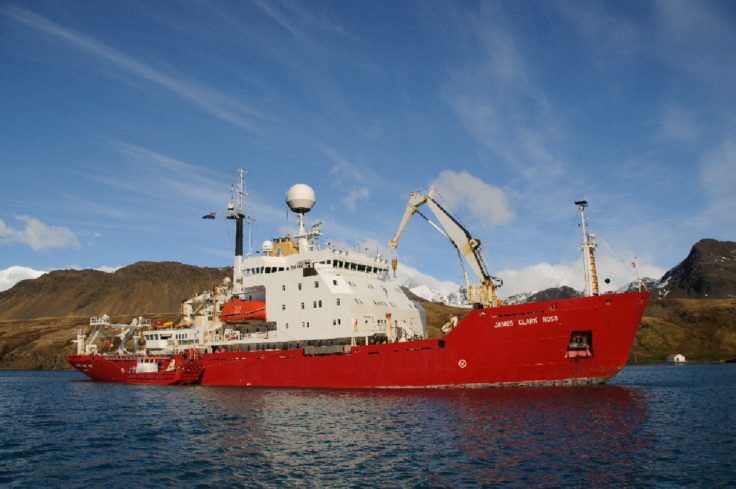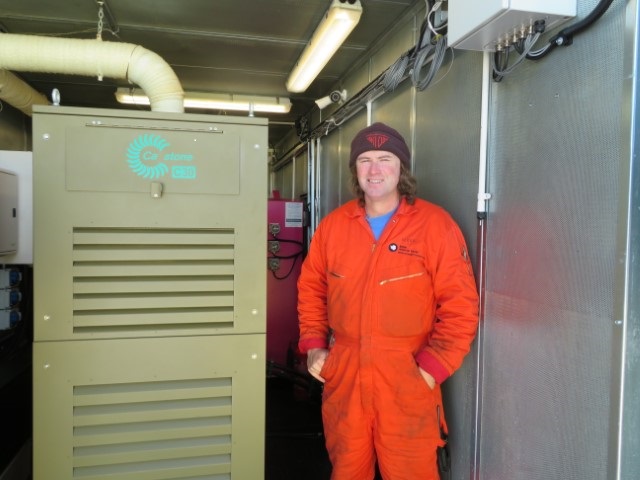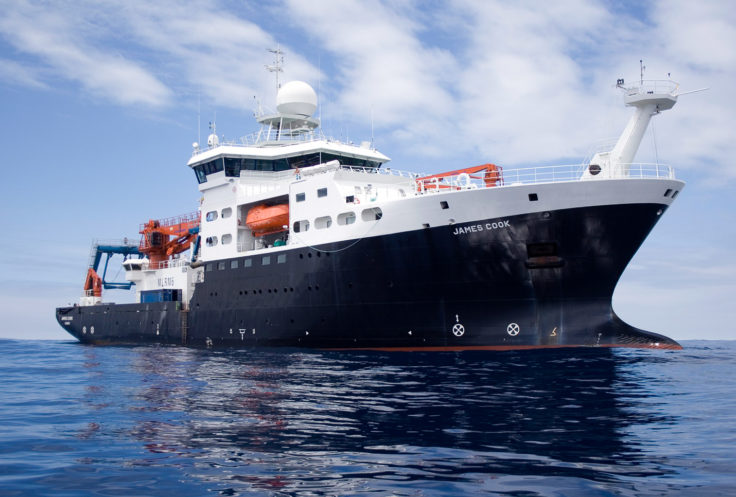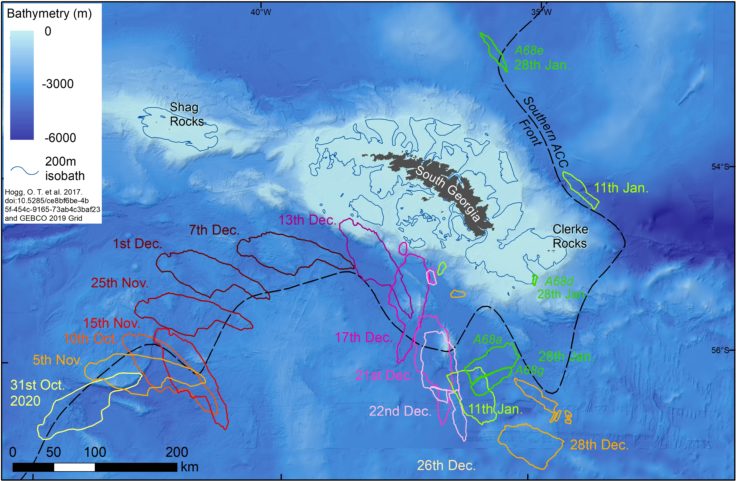BAS field season underway
The BAS field season is underway. Since the RRS James Clark Ross departed the UK in November last year, it has safely delivered summer and wintering staff and essential cargo to King Edward Point, Bird Island, Signy and Rothera Research Stations. In the last few days a team flew from Rothera to Halley Research Station – now open for the Antarctic summer season. Covid restrictions and the priority to keep staff safe means this season is shorter than usual.
The ship is now making its way from Rothera to the Falklands stopping on the way to inspect UKAHT heritage base sites. It will collect additional fuel and cargo before beginning final calls around the stations to collect staff starting with Bird Island, KEP, Signy and finally Rothera, before arriving in the UK at the end of March.

To maintain safety, everyone heading south spends two weeks in quarantine before travelling. Each person has three COVID-19 tests during that time.
The team newly arrived at Halley will spend around six weeks collecting data, servicing the scientific instruments and maintaining the station infrastructure before flying back to Rothera. A priority will be to service and maintain the Halley Automation Project. Autonomous scientific equipment around the station and on the Brunt Ice Shelf collects information on weather, climate and the ozone year round when the station is unstaffed.

Three BAS Twin Otter aircraft are in Antarctica. The forward operating depots at Sky Blu and Fossil Bluff were opened up over Christmas. Over the next few weeks key fuel depots will be maintained and highest priority field science instruments serviced.
Science cruises continue. A team, led by BAS, have travelled south to join the RRS James Cook for long-term science data collection around the sub-Antarctic island of South Georgia and to research the impacts of the massive A68a iceberg and its broken fragments on the local ecosystem.


A small construction team and support staff are working on the groundworks for the new science and operations building at Rothera Research Station, the Discovery Building. This is part of ongoing work for the Antarctic Infrastructure Modernisation Programme. They travelled to Rothera by a chartered ship and will return in early April.
Professor Dame Jane Francis, Director of BAS, says,
“This is a season like no other. COVID-19 continues to present BAS with exceptional operational challenges and our priority is keeping our staff and collaborators safe. We have plans to maintain all our data monitoring so there will be no gaps in our long-term collection of weather data, ice-sheet information and wildlife statistics. So far we have been able to carry out our plans.”